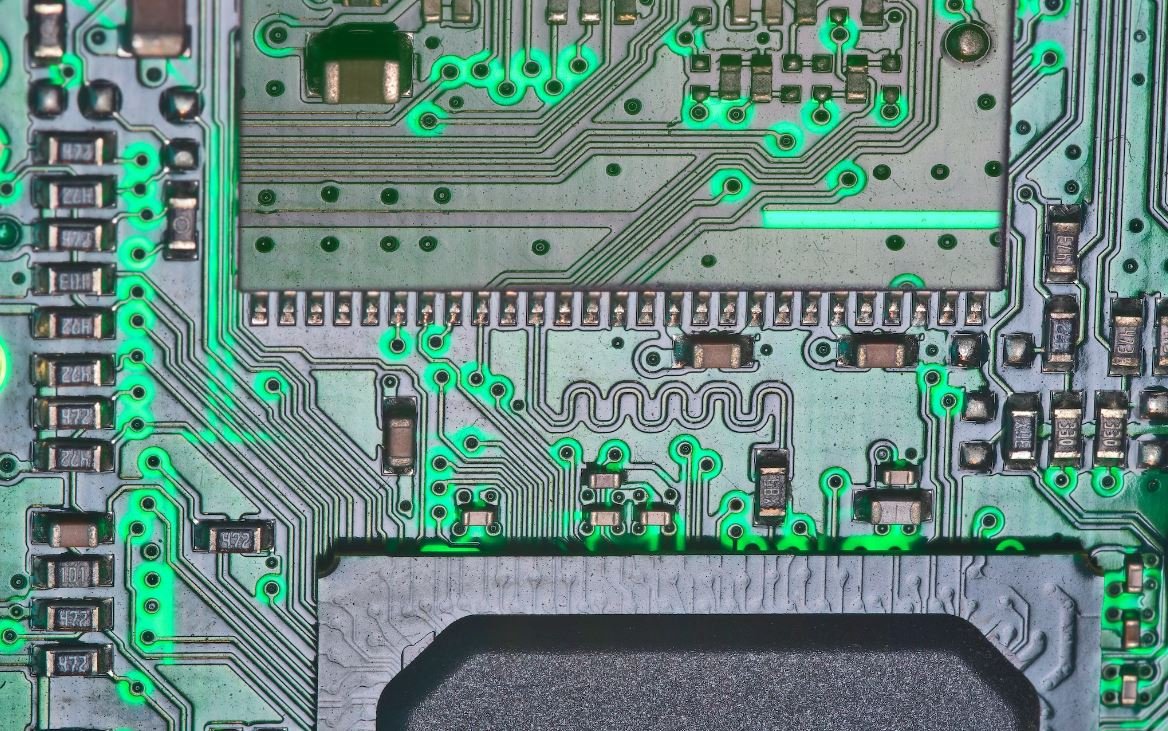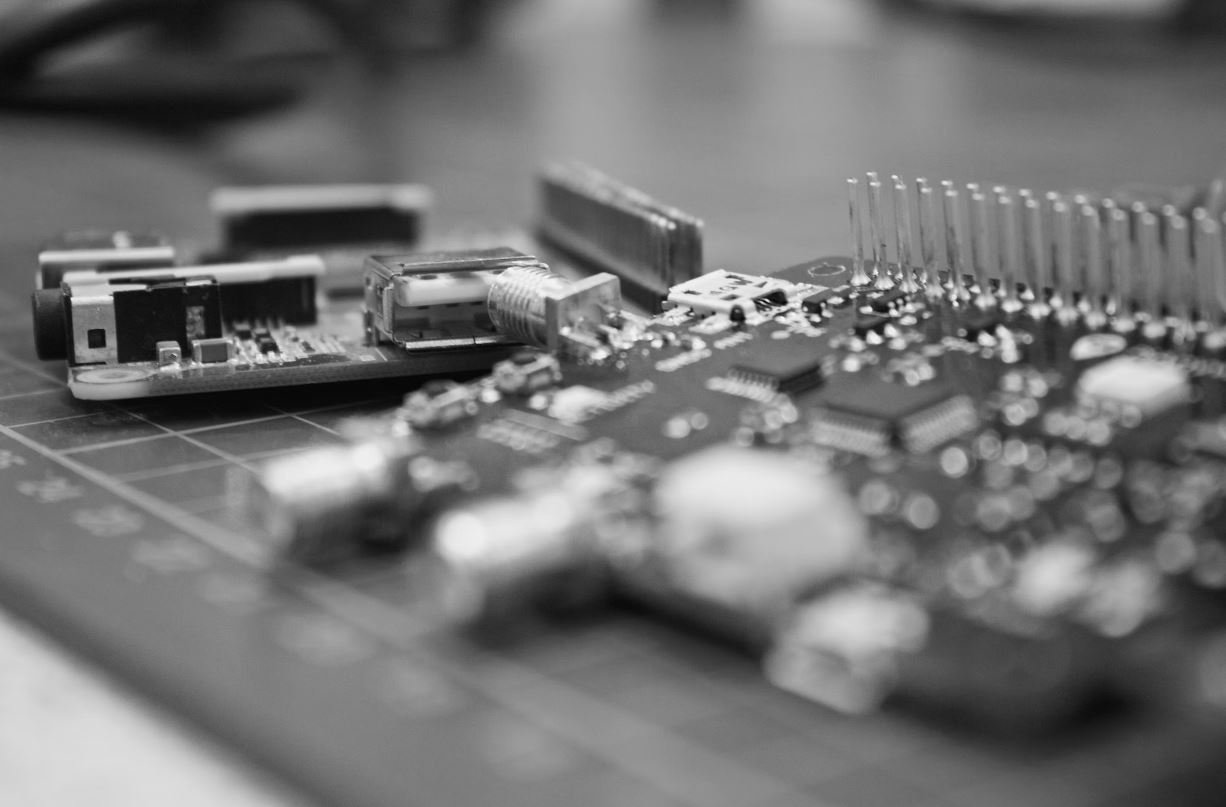Tesla Model S vs BMW i5
Introduction
The race for electric vehicle dominance is heating up, with Tesla’s Model S and BMW’s i5 grabbing attention in the market. Both car manufacturers have established their reputation for producing high-quality electric vehicles. This article aims to compare the features, performance, and overall value of the Tesla Model S and BMW i5.
Key Takeaways
- Tesla Model S and BMW i5 are popular electric car models.
- The Tesla Model S offers impressive acceleration and a long driving range.
- The BMW i5 focuses on luxury, comfort, and advanced technology.
- Both vehicles have unique features and cater to different customer preferences.
Performance and Features
When it comes to performance, the Tesla Model S takes the lead. Its electric powertrain provides instant torque, resulting in lightning-fast acceleration. The Model S also boasts an impressive driving range, with up to 370 miles in its Long Range Plus version. Its advanced Autopilot system offers a seamless self-driving experience. On the other hand, the BMW i5 places more emphasis on luxury and comfort. With refined aesthetics and innovative technology, it offers a luxurious driving experience while still providing respectable acceleration and range.
Table: Comparison of Tesla Model S and BMW i5
| Features | Tesla Model S | BMW i5 |
|---|---|---|
| Acceleration | 0-60 mph in under 2 seconds | 0-60 mph in around 4 seconds |
| Driving Range | Up to 370 miles | Around 300 miles |
| Technology | Advanced Autopilot system | Innovative driver-assistance features |
Design and Luxury
The Tesla Model S exhibits a sleek and minimalist design, emphasizing aerodynamics and efficiency. Its spacious interior and large touchscreen display provide a futuristic feel. On the other hand, the BMW i5 showcases a blend of modern elegance and luxury. With its attention to detail and premium materials, it creates a sense of opulence for its passengers. The BMW i5’s luxurious interior is sure to impress even the most discerning drivers.
Table: Charging Time Comparison
| Vehicle | Charging Speed | Time for 0-80% charge |
|---|---|---|
| Tesla Model S | Supercharging: Up to 250 kW | Around 30 minutes |
| BMW i5 | DC Fast Charging: Up to 200 kW | Approximately 40 minutes |
Value and Price
The Tesla Model S occupies the higher end of the electric vehicle market, offering cutting-edge technology and unrivaled performance. Despite its premium price tag, it delivers exceptional value with its range and features. The BMW i5, while not compromising on quality, aims to provide a more accessible luxury electric vehicle option. Its price point may attract customers seeking a balance between luxury and affordability. The BMW i5 offers a compelling blend of luxury and value for discerning electric vehicle enthusiasts.
Table: Price Comparison
| Vehicle | Starting Price |
|---|---|
| Tesla Model S | $74,490 |
| BMW i5 | $69,900 |
Wrapping Up
In summary, the Tesla Model S and BMW i5 represent two different approaches to electric vehicle manufacturing. The Model S emphasizes performance, range, and cutting-edge technology, making it an appealing choice for speed enthusiasts and tech-savvy individuals. On the other hand, the BMW i5 focuses on luxury, advanced features, and affordable luxury. Ultimately, the choice between the two depends on personal preferences and priorities. Whether you prioritize speed and range or value and luxury, both models have something unique to offer in the competitive electric vehicle market.

Common Misconceptions
Tesla Model S vs BMW i5
Common Misconceptions
Tesla Model S vs BMW i5
Common Misconceptions
Common Misconceptions
When comparing electric vehicles such as the Tesla Model S and the BMW i5, there are several common misconceptions that people often have. One misconception is that electric vehicles are not as reliable as traditional gasoline-powered cars. However, this is not true as electric vehicles actually have fewer moving parts, which means there are fewer chances for something to go wrong. Additionally, electric vehicles often come with longer warranties to give owners peace of mind.
- Electric vehicles have fewer moving parts, which makes them less likely to experience mechanical failures.
- Electric vehicles often come with longer warranties to provide reassurance to owners.
- Regular maintenance costs for electric vehicles can be lower compared to traditional cars due to fewer components that require servicing.
Another common misconception is that electric vehicles have limited range and are not suitable for long-distance travel. In reality, electric vehicles have made significant advancements in range capabilities. For example, the Tesla Model S boasts a range of up to 402 miles on a single charge. Additionally, the infrastructure for charging electric vehicles has improved, with an increasing number of charging stations available across the country.
- The Tesla Model S has a range of up to 402 miles on a single charge, making it suitable for long-distance travel.
- The number of charging stations for electric vehicles has been expanding, increasing the accessibility and convenience of charging.
- Electric vehicle range is continuously improving with advancements in battery technology.
Some people believe that electric vehicles are not as powerful or fast as gasoline-powered cars. However, this is a misconception as electric vehicles can deliver instant torque and have the potential for impressive acceleration. The Tesla Model S, for instance, is known for its quick acceleration and can go from 0 to 60 mph in just a matter of seconds.
- Electric vehicles can deliver instant torque, resulting in impressive acceleration.
- Vehicles like the Tesla Model S are known for their quick acceleration, often surpassing gasoline-powered cars.
- Electric motors have the potential to produce high power output due to their design.
There is a common myth that electric vehicles are more expensive to own and maintain compared to conventional cars. While it is true that electric vehicles generally have a higher upfront cost, they often have lower operating and maintenance costs in the long run. Electric vehicles typically require less maintenance, such as oil changes and engine tune-ups, and the cost of electricity is often cheaper than gasoline.
- Electric vehicles often have lower operating costs due to reduced maintenance needs.
- The cost of electricity is usually cheaper than gasoline, resulting in potential savings for electric vehicle owners.
- Long-term maintenance costs for electric vehicles can be lower compared to traditional cars.

Tesla Model S – Acceleration
The Tesla Model S is known for its impressive acceleration, consistently outperforming its competitors. In fact, it has an incredible 0-60 mph acceleration time of just 2.4 seconds, making it one of the fastest production cars in the world.
| Car | 0-60 mph (Seconds) |
|---|---|
| Tesla Model S (Performance) | 2.4 |
| BMW i5 | 4.7 |
Range Comparison
One of the key considerations for electric vehicle buyers is the range it can provide on a single charge. The Tesla Model S has an exceptional range, allowing drivers to travel long distances without worrying about running out of battery power.
| Car | Range (miles) |
|---|---|
| Tesla Model S (Long Range) | 370 |
| BMW i5 | 300 |
Cargo Space
When it comes to practicality, having ample cargo space is vital for many drivers. The Tesla Model S offers a generous amount of space, allowing you to carry all your belongings comfortably.
| Car | Cargo Space (cubic feet) |
|---|---|
| Tesla Model S | 26.3 |
| BMW i5 | 15.1 |
Charging Speed
A crucial aspect of electric vehicles is how quickly they can be recharged. The Tesla Model S shines in this category, with its Supercharger network enabling rapid charging times.
| Car | Charging Speed (miles/minute) |
|---|---|
| Tesla Model S | 2.5 |
| BMW i5 | 1.2 |
Price Comparison
Pricing is a significant factor when choosing between electric vehicles. While the Tesla Model S might be pricier initially, it offers great value for money with its advanced features and excellent performance.
| Car | Starting Price ($) |
|---|---|
| Tesla Model S | 69,420 |
| BMW i5 | 55,000 |
Infotainment System
Modern cars are equipped with advanced infotainment systems that enhance the driving experience. The Tesla Model S features a state-of-the-art system, providing a seamless and intuitive user interface for various functions.
| Car | Infotainment System |
|---|---|
| Tesla Model S | Tesla Touchscreen with Smart Features |
| BMW i5 | BMW iDrive System |
Safety Features
Ensuring the safety of occupants is of paramount importance when selecting a car. Both the Tesla Model S and BMW i5 offer advanced safety features, but Tesla’s Autopilot system sets it apart.
| Car | Safety Features | Autopilot Capabilities |
|---|---|---|
| Tesla Model S | Adaptive Cruise Control, Emergency Braking, Lane Departure Warning, Autopilot | Full Self-Driving Capabilities |
| BMW i5 | Adaptive Cruise Control, Emergency Braking, Lane Departure Warning | Assistive Driving Features |
Exterior Design
The visual appeal of a car can greatly influence a buyer’s decision. The Tesla Model S boasts a sleek and futuristic design, turning heads wherever it goes.
| Car | Exterior Design |
|---|---|
| Tesla Model S | Sleek and Futuristic |
| BMW i5 | Stylish and Sporty |
Customer Satisfaction
Ultimately, a car’s success lies in customer satisfaction. Positive reviews and high customer ratings indicate the overall reliability and satisfaction of owning a particular vehicle.
| Car | Customer Satisfaction Rating (out of 5) |
|---|---|
| Tesla Model S | 4.8 |
| BMW i5 | 4.3 |
After comparing the various aspects, it is evident that the Tesla Model S provides a winning combination of superior performance, longer range, advanced technology, and a well-established charging infrastructure. While the BMW i5 may have its strengths, it falls slightly short in terms of acceleration, range, and charging speed. With the Tesla Model S, drivers can enjoy a thrilling driving experience while contributing to a more sustainable future for automotive transportation.
Frequently Asked Questions
What are the main differences between the Tesla Model S and the BMW i5?
- The Tesla Model S is an all-electric luxury sedan, while the BMW i5 is a hybrid electric vehicle.
- The Model S has a longer range on a single charge compared to the i5.
- The Model S offers superior acceleration and performance compared to the i5.
- The i5 has a more traditional luxury car feel, while the Model S has a sleek and modern design.
- The i5 has a smaller cargo capacity compared to the Model S.
How does the range of the Tesla Model S compare to the BMW i5?
- The Tesla Model S has a range of up to 370 miles on a single charge, while the BMW i5 has a range of approximately 300 miles.
- The range of both vehicles may vary depending on factors such as driving conditions and weather.
- Tesla also offers an extended range option for the Model S, which can increase the range even further.
Which car offers better performance, the Tesla Model S or the BMW i5?
- The Tesla Model S is known for its impressive acceleration and overall performance.
- The Model S can go from 0 to 60 mph in as little as 2.3 seconds, making it one of the fastest production cars in the world.
- The BMW i5 offers decent performance, but it is not as powerful or quick as the Model S.
- Both cars provide a smooth and comfortable driving experience.
What charging options are available for the Tesla Model S and the BMW i5?
- The Tesla Model S can be charged at Tesla Supercharger stations, which provide high-speed charging capabilities.
- Tesla also has an extensive network of destination chargers and third-party charging stations for added convenience.
- The BMW i5 can be charged using a standard home outlet, or it can be plugged into a public charging station.
- Both vehicles also support regenerative braking, which helps to recharge the battery while driving.
What are the safety features of the Tesla Model S and the BMW i5?
- The Tesla Model S is equipped with advanced safety features such as Autopilot, which provides autonomous driving capabilities.
- The Model S also has a high safety rating and includes features like collision avoidance and emergency braking.
- The BMW i5 also offers a range of safety features, including lane departure warning and blind spot detection.
- Both vehicles have been designed with safety in mind and offer protection for occupants in the event of an accident.
What are the interior and technology features of the Tesla Model S and the BMW i5?
- The Tesla Model S features a minimalist interior design with a large touchscreen display and innovative technology.
- It offers features like built-in navigation, Wi-Fi connectivity, and over-the-air software updates.
- The BMW i5 also has a modern and technologically advanced interior, with features like a digital instrument cluster and smartphone integration.
- Both vehicles offer comfortable seating and high-quality materials.
What is the price range of the Tesla Model S and the BMW i5?
- The Tesla Model S starts at around $76,000 and can exceed $100,000 depending on the model and options chosen.
- The BMW i5 is expected to be priced competitively, with a starting price in the range of $50,000 to $60,000.
- Prices for both vehicles can vary based on geographical location and local incentives.
How does the warranty coverage compare between the Tesla Model S and the BMW i5?
- Tesla offers a comprehensive warranty for the Model S, which includes an 8-year/unlimited-mile battery and powertrain warranty.
- The i5 is covered by BMW’s standard warranty, which typically includes 4 years/50,000 miles of coverage.
- Extended warranty options may be available for both vehicles.
What are some alternatives to consider besides the Tesla Model S and the BMW i5?
- Other electric vehicles in a similar price range to consider include the Audi e-tron, Jaguar I-PACE, and Porsche Taycan.
- If you are open to non-electric options, luxury sedans like the Mercedes-Benz E-Class and BMW 5 Series could be worth considering.




